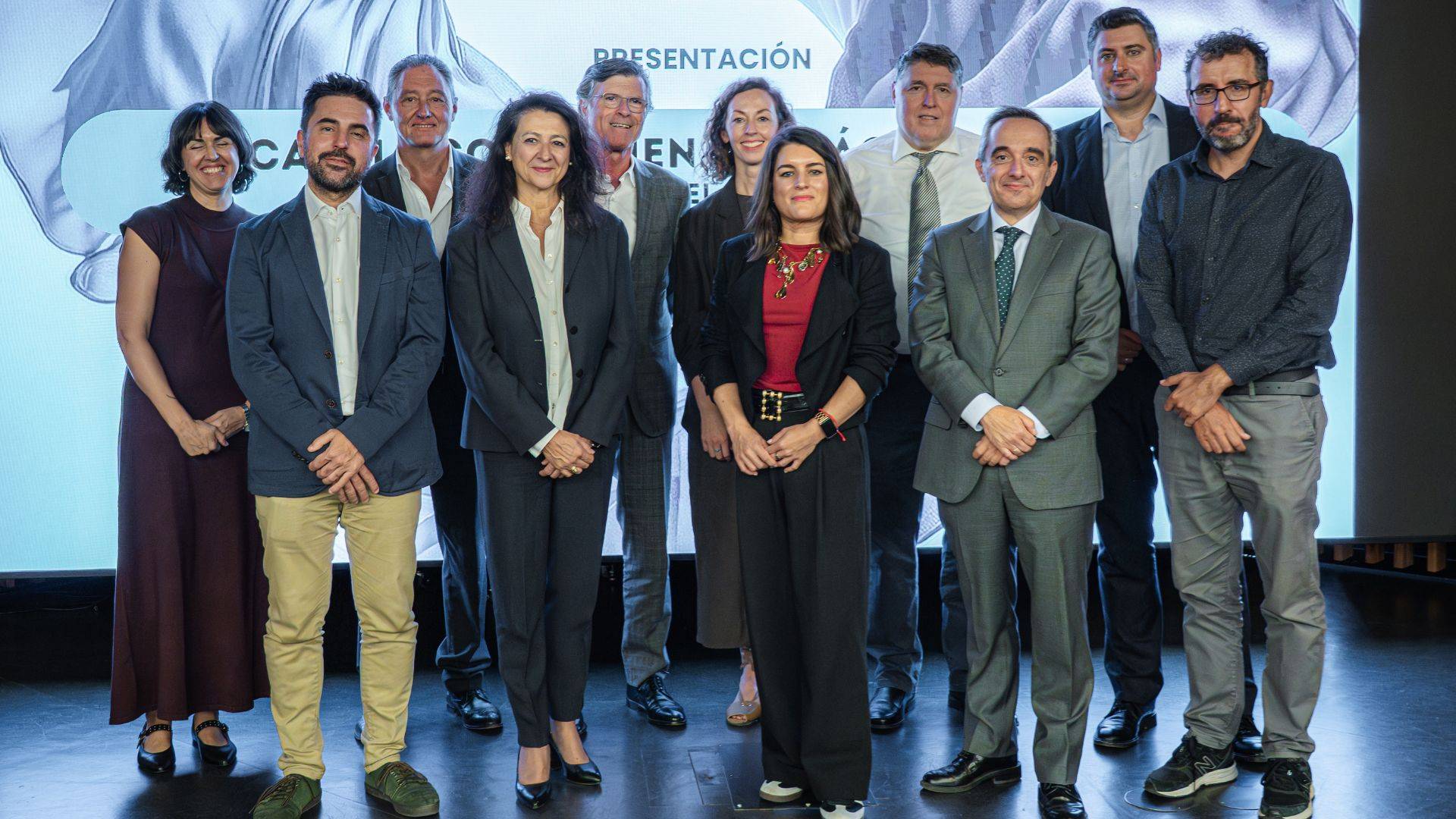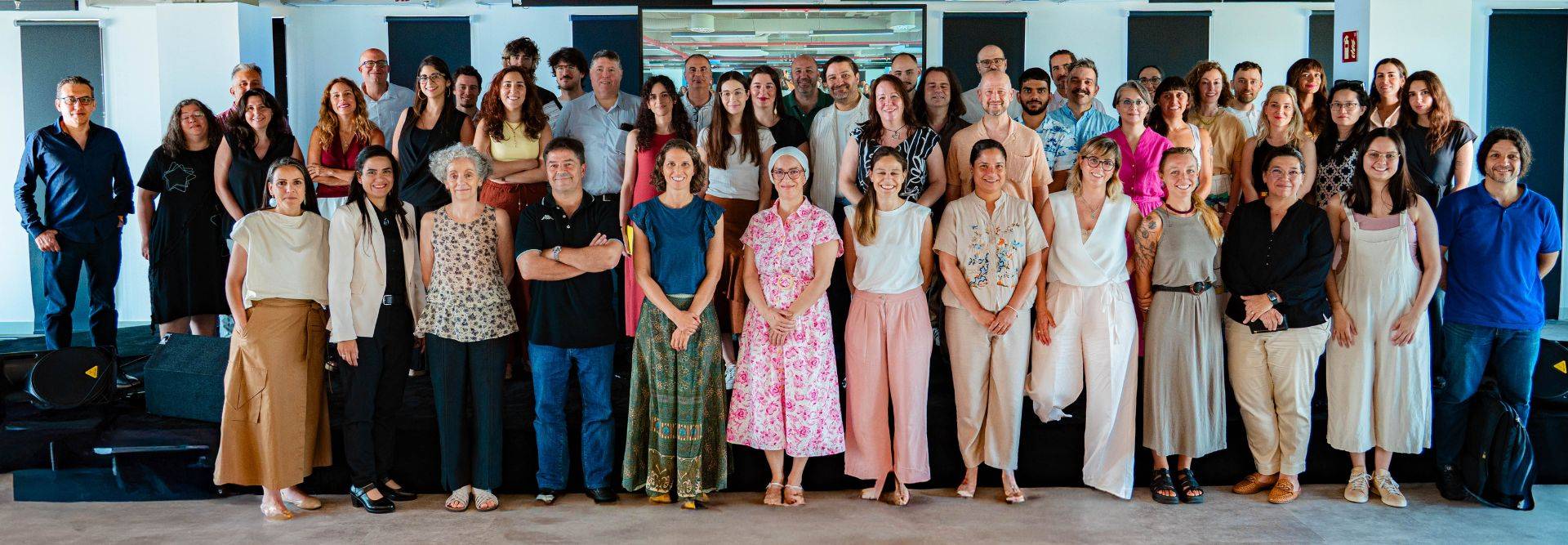From Lilith to Aphrodite: the objectification of women in perfume advertising
Twenty-first century society is visual. A multitude of images are created and transmitted on a daily basis. Many of these images are by no means innocent: they convey a very specific message that society understands, interprets and accepts, normalising them and disseminating them massively. With little or no reflection on their implications and with little or no critical questioning.
This is what happens with the images used in advertising for women's perfumes. The claim is usually the use of images of idealised women (young Caucasian women, who respond to a normative and idealised canon of beauty, beautiful women with predominantly light-eyed blondes, small noses, full lips, with balanced facial proportions, to which must be added a tall, slim body). The intention is to turn the female subject into an object of desire, just like the bottle itself. The woman and the perfume container mimic each other, sometimes even bearing a strong physical resemblance in their shapes and contours. By normalising this advertising resource, a social acceptance of the objectification of women is produced. The woman turned into a bottle is both an object and a subject of desire.
- Givenchy perfume advert where the bottle is represented by a woman's body-->https://www.youtube.com/embed/0vZwyFzQBb0?wmode=transparent&start=0
This image of women in perfume advertising is directly related to ancient feminine archetypes. Mainly Lilith and Aphrodite, mythological goddess of Olympus.
The golden and seductive goddess
Aphrodite (Venus), the goddess of love and beauty, is the most widely represented pagan myth, exemplifying the ideal of love and beauty. She is used, for example, in the advertising campaigns for Dior's perfume J'adore, starring the actress and model Charlize Theron, who appears as an unattainable and seductive goddess with characteristics associated with a normative and idealised beauty through an aesthetic identified with the Caucasian race. An unreal image of what women should be like is projected and disseminated, excluding other ethnic groups.
In addition to the iconographic characteristics that can be observed, such as golden hair or clothing similar to those worn in the classical world, it is also interesting to note the reference to the mythological episode of
The Birth of Venus, in which Aphrodite (Venus) is born from the waters, specifically the sea.
- Christian Dior perfume advert starring actress CharlizeTheron-->>https://www.youtube.com/embed/ovg965vHyeU?wmode=transparent&start=0
The rebellious woman
In contrast to the idealised image of Aphrodite, in which the colours white and gold predominate, we find the personification of another archetype, in black and purple, that of Lilith. She is the representation of Adam's first wife, the rebellious one, the one who leaves paradise to become the mother of all demons.
Lilith the sinner, the one associated with lust, is most often depicted in perfume advertisements as a femme fatale. The main characteristics of Lilith - and, by extension, of the femme fatale -are her perverse gaze and her beauty combined with evil. As iconographic elements, she may appear accompanied by a snake or a feline. A clear example of this archetype can be seen in the advert starring actress Monica Bellucci to promote Dior's Hypnotic Poison perfume.
Consuming advertising without questioning it
In the study "Iconographic representation of women in perfume advertising" we insisted that human beings live immersed in a visual society in which most women do not question the image of themselves that is offered. On the contrary, they tend to try to reproduce these stereotyped images.
If women themselves accept this image and try to reproduce it, we would be faced with a visual manipulation that subjugates them by means of unreal and unattainable images. For this reason, it is necessary to decode female images that allow them to be read from a critical perspective that questions certain archetypes and female stereotypes in order to contribute to gender equality, banishing the objectification of women.
M. Mar Martínez-Oña, PI of the Research Group UDIT Design, Visual Culture and Gender, UDIT - University of Design, Innovation and Technology.
This article was originally published in The Conversation.
Read the original.









